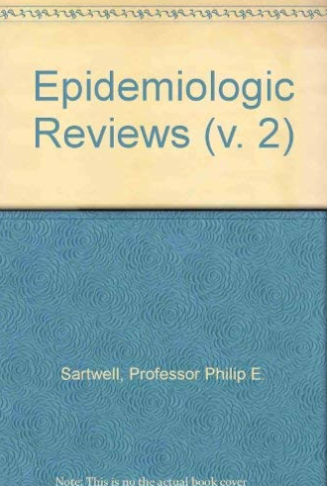预测2014年西非埃博拉疫情。
IF 3.8
2区 医学
Q1 PUBLIC, ENVIRONMENTAL & OCCUPATIONAL HEALTH
引用次数: 9
摘要
2014/15年,西非国家利比里亚、几内亚和塞拉利昂爆发了规模空前的埃博拉疫情。我们对在疫情发生时预测疫情的手稿进行了系统回顾,并对决策者解释结果的方式得出了启示。我们回顾了2014年至2015年4月间发表的26篇预测西非埃博拉疫情的论文。预测的病例数差异很大。对病例数的预测准确性的一个重要决定因素是对未来的预测有多远。一般来说,那些预测未来少于2个月的人往往比那些预测未来超过10周的人更准确。例外的是简洁的统计模型,其中明确地处理了病原体在易感个体中传播率的衰减。关于未来的疫情,决策者在使用类似的建模结果时最重要的经验教训是:(1)在疫情开始时,预测的不确定性会更高;(2)当数据有限时,旨在为具体决策提供信息的模型所产生的预测应以互补的方式用于强有力的决策——对于本次疫情,两个统计模型产生了最可靠的病例数预测,但无法了解干预措施的影响;虽然有几个分区模型可以估计干预措施的影响,但需要的数据无法获得;Iii)及时收集必要数据是优化模型使用的必要条件。本文章由计算机程序翻译,如有差异,请以英文原文为准。
Forecasting the 2014 West African Ebola Outbreak.
In 2014/15 an Ebola outbreak of unprecedented dimensions afflicted the West African countries of Liberia, Guinea, and Sierra Leone. We performed a systematic review of manuscripts that forecasted the outbreak while it was occurring, and derive implications on the ways results could be interpreted by policy-makers. We reviewed 26 manuscripts, published between 2014 and April 2015, that presented forecasts of the West African Ebola outbreak. Forecasted case counts varied widely. An important determinant of forecast accuracy for case counts was how far into the future predictions were made. Generally, those that made forecasts less than 2 months into the future tended to be more accurate than those that made forecasts more than 10 weeks into the future. The exceptions were parsimonious statistical models in which the decay of the rate of spread of the pathogen among susceptible individuals was dealt with explicitly. Regarding future outbreaks, the most important lessons for policy makers when using similar modeling results are: i) uncertainty of forecasts will be higher in the beginning of the outbreak, ii) when data are limited, forecasts produced by models designed to inform specific decisions should be used in complimentary fashion for robust decision making - for this outbreak, two statistical models produced the most reliable case counts forecasts, but did not allow to understand the impact of interventions, while several compartmental models could estimate the impact of interventions but required data that was not available; iii) timely collection of essential data is necessary for optimal model use.
求助全文
通过发布文献求助,成功后即可免费获取论文全文。
去求助
来源期刊

Epidemiologic Reviews
医学-公共卫生、环境卫生与职业卫生
CiteScore
8.10
自引率
0.00%
发文量
10
期刊介绍:
Epidemiologic Reviews is a leading review journal in public health. Published once a year, issues collect review articles on a particular subject. Recent issues have focused on The Obesity Epidemic, Epidemiologic Research on Health Disparities, and Epidemiologic Approaches to Global Health.
 求助内容:
求助内容: 应助结果提醒方式:
应助结果提醒方式:


